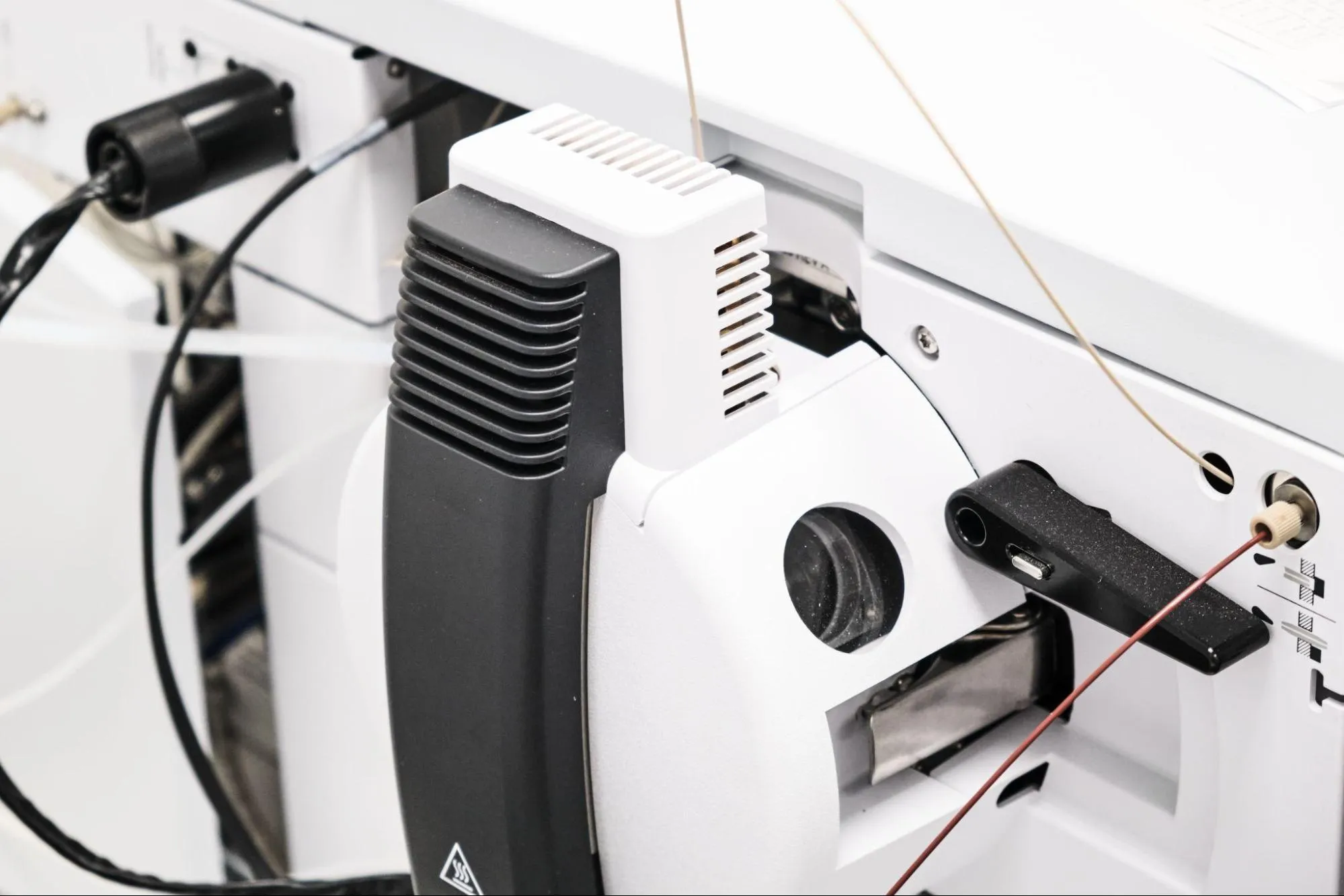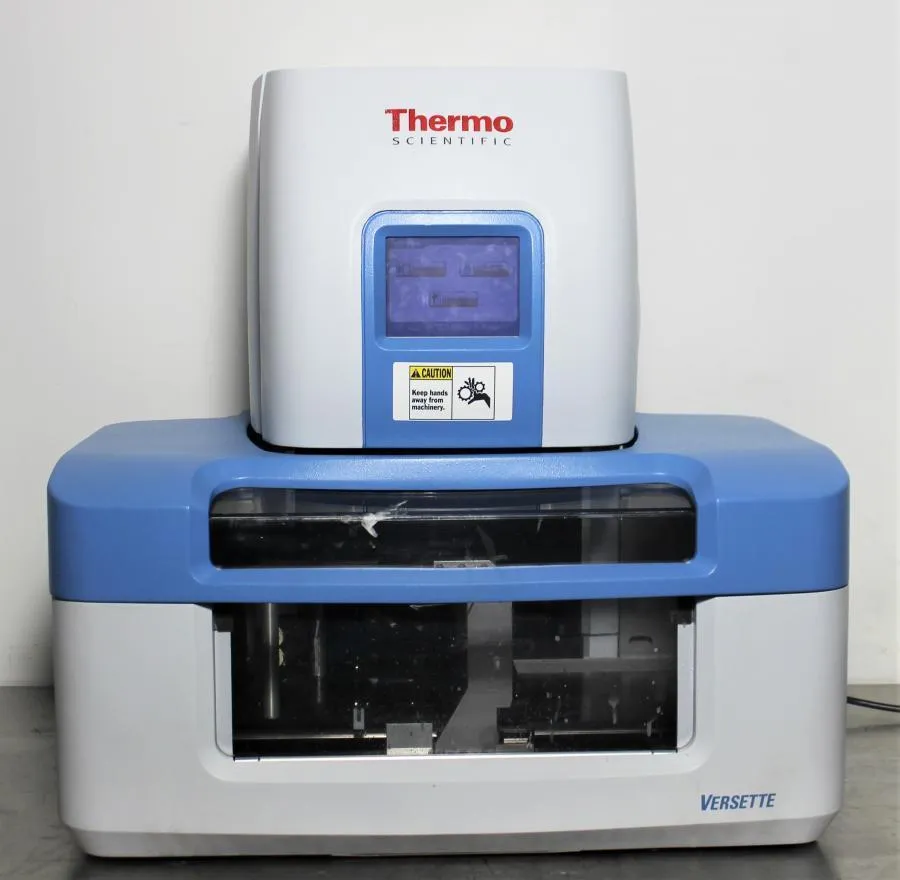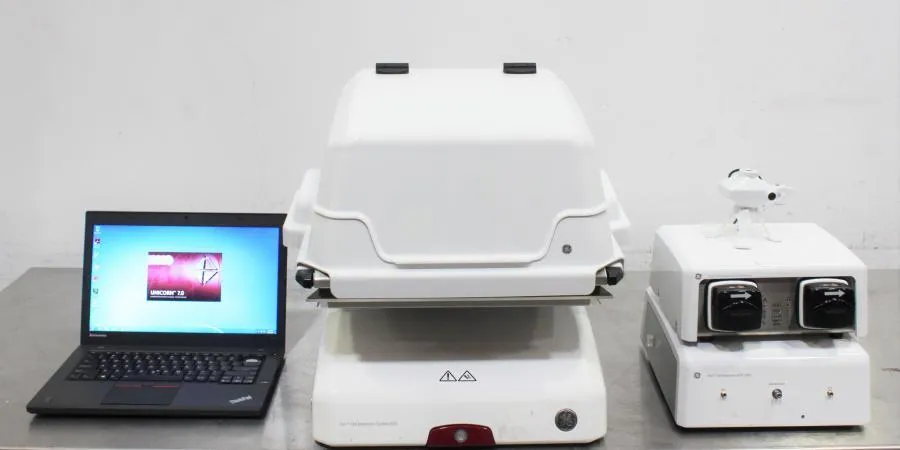Circular Economy
-
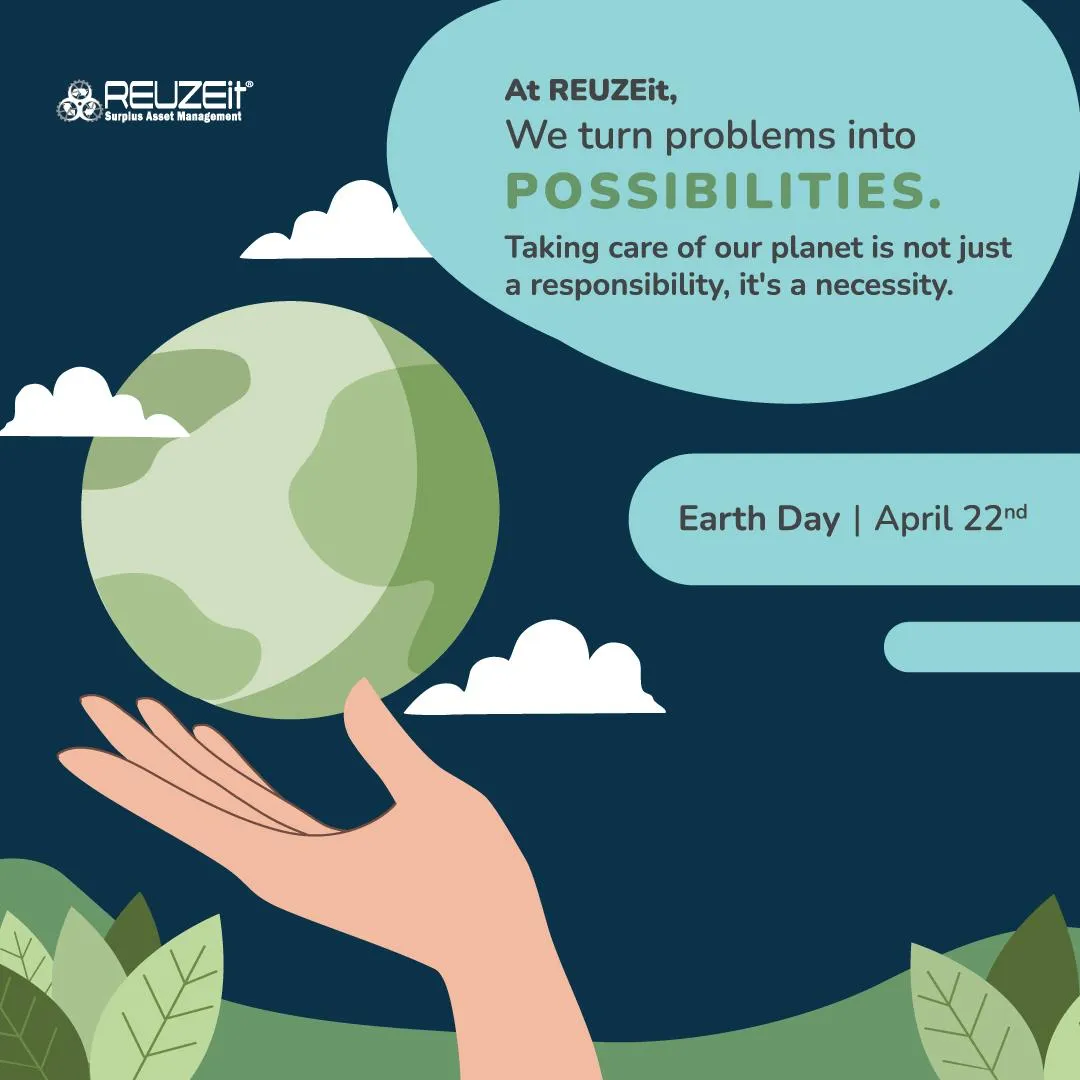 May 21, 2024
May 21, 2024Turning Problems Into Possibilities
Garbage Out, Repurposing In The carbon footprint of life sciences and biotech industries can be reduced by up to 80% by redeploying the equipment depending on its residual value and the customer needs. A waste plan is critical to sustaining this positive initiative. For the global life sciences market, savings on carbon fees as well as direct benefits to the customer can be as much as $2 billion annually. Circular Surplus Asset Management (CE-SAM) can be a business game-changer if it is integrated as part of an organization’s strategy. It is this premise that makes REUZEit a key contributor to long-term sustainability. The Circular Economy The REUZEit End-of-Life Asset Solutions platform establishes best practices for using, repurposing, and disposing of biotech and pharmaceutical equipment to control costs, reduce risk, and improve efficiency. Reclaiming medical equipment has an important role in lowering medical costs and reducing the carbon footprint of healthcare. Using recovered medical equipment generates less solid waste and helps to reduce pollution caused by the extraction and processing of raw materials. Also, when products are recycled, less energy is used for manufacturing, and fewer pollutants are emitted. This is the power of Reclaim, Reuse, Repurpose when done correctly. It’s what we call the “Lifecycle Extension.” Good for Business, Good for Sustainability, Good for the Earth When businesses reuse and redistribute equipment, they get the most out of their investment, maximizing productivity while also maximizing our planet’s precious resources. We provide the online solution and marketplace for businesses to search and redeploy their excess assets. Every time we REUZEit, we replace the need to strip, build, and buy new while also slowing the rate of manufacturing waste and pollution to manageable levels. That’s good for business, good for sustainable growth, and good for the earth. There is an estimated 40% of medical equipment in developing countries that is no longer in use due to a lack of parts or service. Breakdowns can occur at any stage in a complex system of medical equipment recycling, resulting in a mismatch between aims and usability. The lack of adequate medical devices and the impact on health outcomes in low-income countries especially are becoming more apparent as countries assess their health systems' capabilities in response to a global pandemic. A supply chain that assures access to high-quality, safe, and dependable medical equipment is important to sustaining these health systems. Every time we REUZEit, we replace the need to strip, build, and buy new while also slowing the rate of manufacturing waste and pollution to manageable levels. That’s good for business, good for sustainable growth, and good for the earth. Together, with our global clients, REUZEit provides a physically executed active platform connecting big industry players together to redistribute equipment, recovering capital from surplus equipment, extending the useful lifespan of our equipment and our natural resources. As we build the future Circular Economy, we can reduce barriers of entry to support redistribution models and innovation in the developing world, reduce waste of valuable-but-toxic materials, and we’ll establish an economy that makes full use of the things we build. Keeping a piece of equipment in use, either by redeploying within the company or selling in the used market, reduces greenhouse gas emissions by 23.1 times compared to recycling. The GHG emissions reduction from reusing just one metric ton of equipment is the equivalent of: Powering almost 32 households for one year Removing over 57 passenger cars from the road for 1 year Planting 4,361 tree seedlings and growing for 10 years The coronavirus pandemic impacted not only healthcare around the world, but there are now an estimated 500,000 young people aged 16-24 who are out of work. Instead of propping up declining, polluting industries, we can benefit our planet and our future generations by investing in more green jobs. Young adults are often being taught, and given career advice on, jobs that likely will not exist a decade from now. Instead, we could be training them to succeed in a sustainable, circular economy while at the same time ensuring the future health of our planet. Keeping medical devices in circulation for as long as they are viable will relieve the massive amounts of medical waste produced daily and drive a circular economy. Someday, future generations will look back to now and say, “This is when industries began redistribution. This is when we finally changed our wasteful habits for a real solution; a circular economy to sustain our planet.” “Last Life” equipment cannot be rehabilitated and is headed to the landfill despite our best efforts, unless someone rescues it. Up-cyclers, movie props, museums, artists…find one piece to take home, and you’ve made an impact! Of the most recognized End-of-Life options for e-waste, recycling generates the least amount of greenhouse gases that fuel climate change and expand companies’ carbon footprint. Up to 566 times lower emissions compared to placing that equipment in a landfill! What about individuals? What can we do to pitch in and help save the Earth? There are plenty of things you can do every day to help reduce your carbon footprint to make a less harmful impact on the environment. By purchasing reusable and recycled materials, consumers can help close the recycling circle, and encourage our neighbors to do the same. For more information or to Join this REUZE Revolution, please visit us at www.REUZEit.com
Read More -
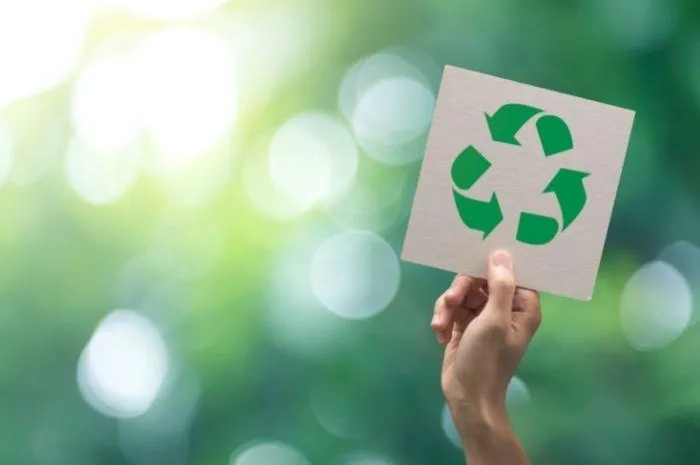 August 29, 2023
August 29, 20235 Ways to Reduce Waste in the Lab
We might not realize it, but the lab can produce a lot of waste that could have otherwise been avoided by taking a couple of extra steps or precautionary measures. At REUZEit, we have a Landfill Last mantra and do our due diligence to reduce waste by reselling used lab equipment that would otherwise have ended up as trash. Today we’re going to be talking about what else you can do to reduce waste in the lab and reduce waste that goes into our landfills. Take inventory of Your Waste Taking inventory of your waste can be an eye-opening experience. According to a waste management audit at the University of Washington, lab gloves can account for around 23% of the total lab waste that needs to be disposed of. However, many of the gloves that are used and thrown away are not contaminated and could easily be recycled. Take note of the items that are thrown away on a daily basis that could be disposed of in a more sustainable way. REUZE Waste After taking inventory of your waste, you can determine if this waste can be REUZEd. Are there boxes laying around that could be repurposed for packing and shipping? Is there equipment that is no longer being used that could be donated? Can you hold on to freezer packs for shipping temperature-sensitive items? REUZE-ing waste is all part of prolonging the life cycle of an item and contributing to a circular economy. Recycle Waste Having recycling bins in a lab is the easiest way to encourage recycling waste products. Place them outside the lab with recycling posters that guide lab personnel on best practices. Items in the lab that can be recycled include uncontaminated materials such as gloves, packaging, glass, and plastics. You can also use resources like Kimberly Clark, Terracycle, and Medline which offer glove recycling programs. Corning also offers flexible package recycling programs. Reduce Waste Reduce waste in the lab by only ordering and using exactly what you need. Talk to your colleagues to figure out what is the best way to go about reducing waste in the lab. Perhaps consolidating packaging by having shipments arrive later once they’re able to fill cargo more efficiently. To help you identify products that will cut down on waste, check out the My Green Lab ACT label database! Decontaminate Waste Many plastics cannot be recycled unless they’ve been decontaminated. Having a process for decontamination can help more items get recycled. This process can be lengthy, costly, or time-consuming. For this reason, it’s important to do some research on exactly what is needed to maintain this operation. REUZEit: The All-in-One Solution for Used and Surplus Lab Equipment Investing in laboratory equipment for your scientific research is a necessary cost, and we’re committed to providing you with options that you can fit into your budget. Money saved on one product can be used to finance another resource that is just as important to your progress. Whether you’re searching for innovative chemistry lab equipment or looking to replace broken lab equipment, REUZEit offers low-cost solutions that work as hard as you do. Browse the best surplus and gently used biotech and pharmaceutical equipment on the market! Check out our USA-based store or our European-based store to shop discount laboratory equipment.
Read More
